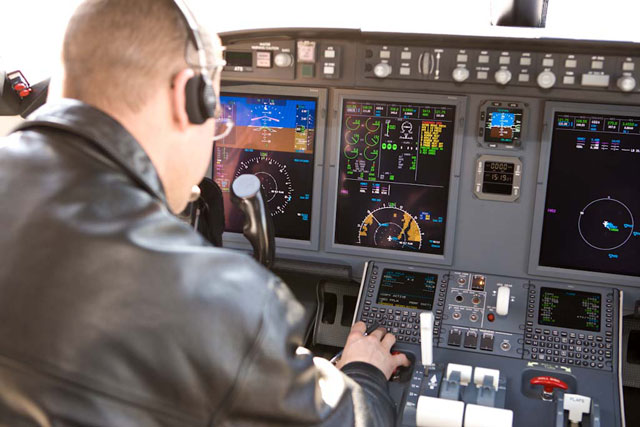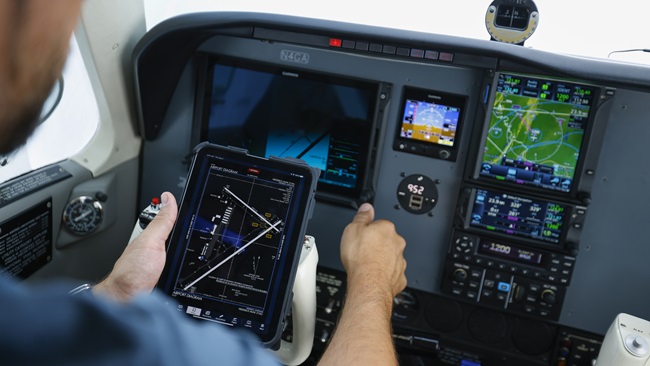 Prior to Jan. 28, Part 135 and airline operators had to spend thousands every year finding mechanics to update on-board navigation data.
Prior to Jan. 28, Part 135 and airline operators had to spend thousands every year finding mechanics to update on-board navigation data.
It’s a simple enough job that a highly trained pilot should have no trouble at all—general aviation pilots have performed the task flawlessly since 1996. But for operations under Parts 121, 129, and 135, updating on-board navigation database was a costly proposition if one of their aircraft was caught out of position as the cycle changed.
In a final rule issued in November that took effect Jan. 28, the FAA agreed with industry operators and associations (including AOPA) that argued for clearance to allow the flight crew to handle this usually simple task. In many cases, it’s a matter of pressing a few buttons: Jerry Sheehy, senior marketing manager for flight information solutions at Rockwell Collins, counted half a dozen button presses required to update the on-board database on some systems, fewer still for Pro Line panels equipped with a wireless server that can automatically download the new data while the aircraft is on the ground, with no user intervention required.
“Everything is automatic,” Sheehy said, referring to Pro Line Fusion and legacy systems fitted with an available upgrade. Prior to the rule change, “a maintenance person had to go out and do that.”
Operators of fleets large and small told the FAA that can be more costly than one might think: Aircraft are often in a remote location when the data cycle changes, and forced to relocate under strict limitations on routes and airports in order to hire a mechanic to complete the procedure. One commenter told the FAA that its fleet of 12 aircraft had to make such flights up to 15 times a year to find a mechanic; others calculated the cost of such flights at $2,500 or more per flight.
Some limits remain: The affected operators must still call on a mechanic if the system’s database is not accessible without tools, and some aircraft have these databases installed out of easy reach. Operators will be required to develop procedures, and train pilots on the update process. The FAA, noting an objection from AOPA, dropped a proposed requirement that each update must be logged, which raised the possibility that a mechanic would have to get involved, after all.



